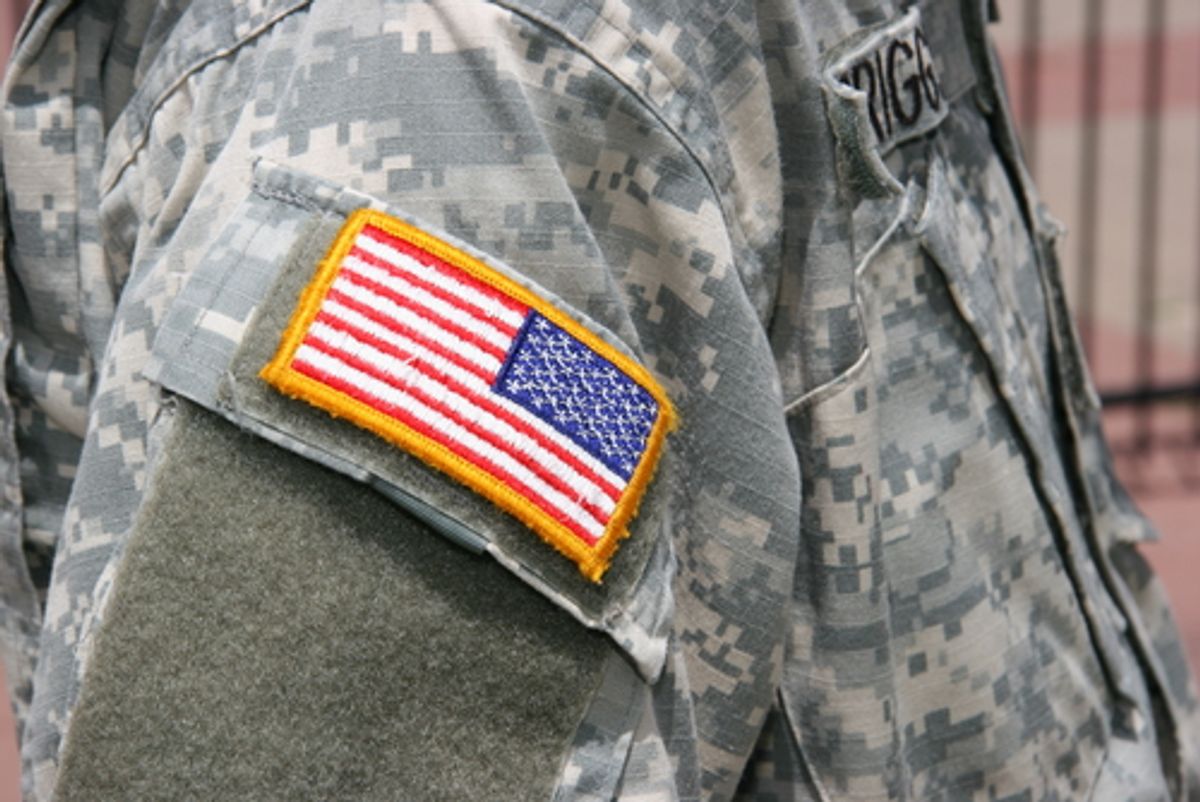A new Yale University study aimed to give further details about the thousands of homeless veterans who make up between 20 and 25 percent of the country's total homeless population. The findings of the report, “Homeless Veterans Who Served in Iraq and Afghanistan: Gender Difference, Combat Exposure, and Comparisons With Previous Cohorts of Homeless Veterans,” which detailed both demographic information and combat histories of veterans, paint a grim picture about the lack of care given to the young men and women who have served in Iraq and Afghanistan.
Using national administrative data from the Veteran Administration’s largest supported housing program — the Housing and Urban Development-Veterans Affairs Supportive Housing (HUDVASH) program — between January 2008 and April 2011, the study assessed nearly 100 Iraq and Afghanistan vets (who made up just over 2 percent of all the veterans who went through HUDVASH during that time.
The researchers highlighted key findings:
- “Unlike previous cohorts of homeless veterans, the majority of homeless [Iraq and Afghanistan war] veterans report combat exposure and have been diagnosed with PTSD … [and] do not receive any VA-service connected disability.”
- Male homeless veterans of the Iraq and Afghanistan wars tended to be younger, were less likely to have a criminal record and spent less time homeless than veterans of other military conflicts. The typical homeless male veteran was an unmarried White male in his thirties who had experienced homelessness less than twice in the last three years.
- Female homeless veterans of the Iraq and Afghanistan wars tended to be younger than earlier cohorts of veterans. The typical homeless female veteran was an unmarried Black woman in her thirties who had experienced homelessness less than twice in the last three years and had never been incarcerated.
- PTSD and/or a mood disorder afflicted 63 percent of male homeless veterans and 77 percent of female homeless veterans. Of these, more than 90 percent of men and 75 percent of women suffered from combat-related PTSD. “Homeless [Iraq and Afghanistan veterans] have substantially higher rates of PTSD … compared to previous cohorts of homeless veterans and non-veterans in which only 8-12 percent had PTSD.”
- Reports of psychotic disorders and substance abuse among homeless veterans dropped over time. Reports of psychosis fell from 7-21 percent in previous cohorts to 5 percent in homeless Iraq and Afghanistan veterans; reports of substance abuse fell from 28-80 percent in previous cohorts to 38 percent in homeless Iraq and Afghanistan veterans.



Shares